 This old monk mask is worn by a character in the Pyolsandae dance performed in Yangju, South Korea. It is10 inches tall, painted wood with black cotton hood, and in new condition. Extras are always made for tourists and collectors, and they are quite affordable.
This old monk mask is worn by a character in the Pyolsandae dance performed in Yangju, South Korea. It is10 inches tall, painted wood with black cotton hood, and in new condition. Extras are always made for tourists and collectors, and they are quite affordable.
In the dance drama this character becomes infatuated with the pretty girl and tries to seduce her. He is an ugly old guy. The yangju pyeolsandae nori is a very popular folk dance in korean history. There are over 20 characters. Red, black, white and other bright colors help to identify the character, many of which appear to have deformed features. Most of them are meant to ridicule various professionals and other members of the upper class. Beautifully carved and painted, there is the traditional cloth hood which pulls over the dancer’s head and helps to secure the mask. Korean
Korean masks are grotesque and vividly colored to the point that some may find them vulgar. The exaggerated eyes, nose and mouth seem to have been attached to the mask in a haphazard manner. The nose is often stumpy, the eyes slanted fiercely upward, and the mouth wide and heavily crooked. Masks are painted in vivid primary colors, representing both the individual personality and social class of the character as well as his or her age and gender. The mask of an elderly character, for example, is black and dark; that of a young character is red and bright; while that of a young female character is white. In terms of personality, a red, darkly-colored mask represents recklessness and aggressiveness; a yellow or lightly-colored mask characterizes foolishness and incompetence; and a black or darkly-colored mask exemplifies an anxious, socially marginalized character. To symbolize a character’s duplicity, masks are sometimes painted half red and half white.
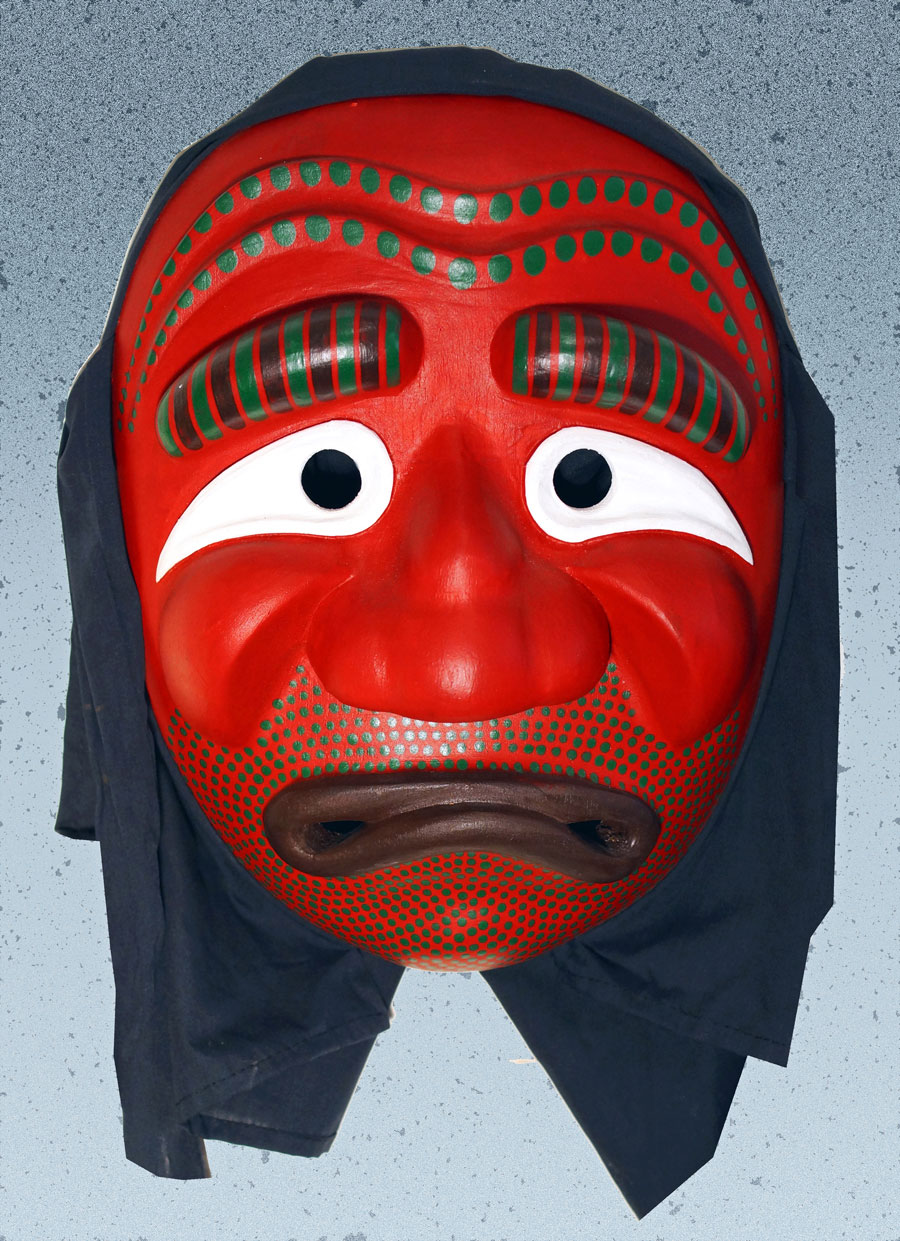
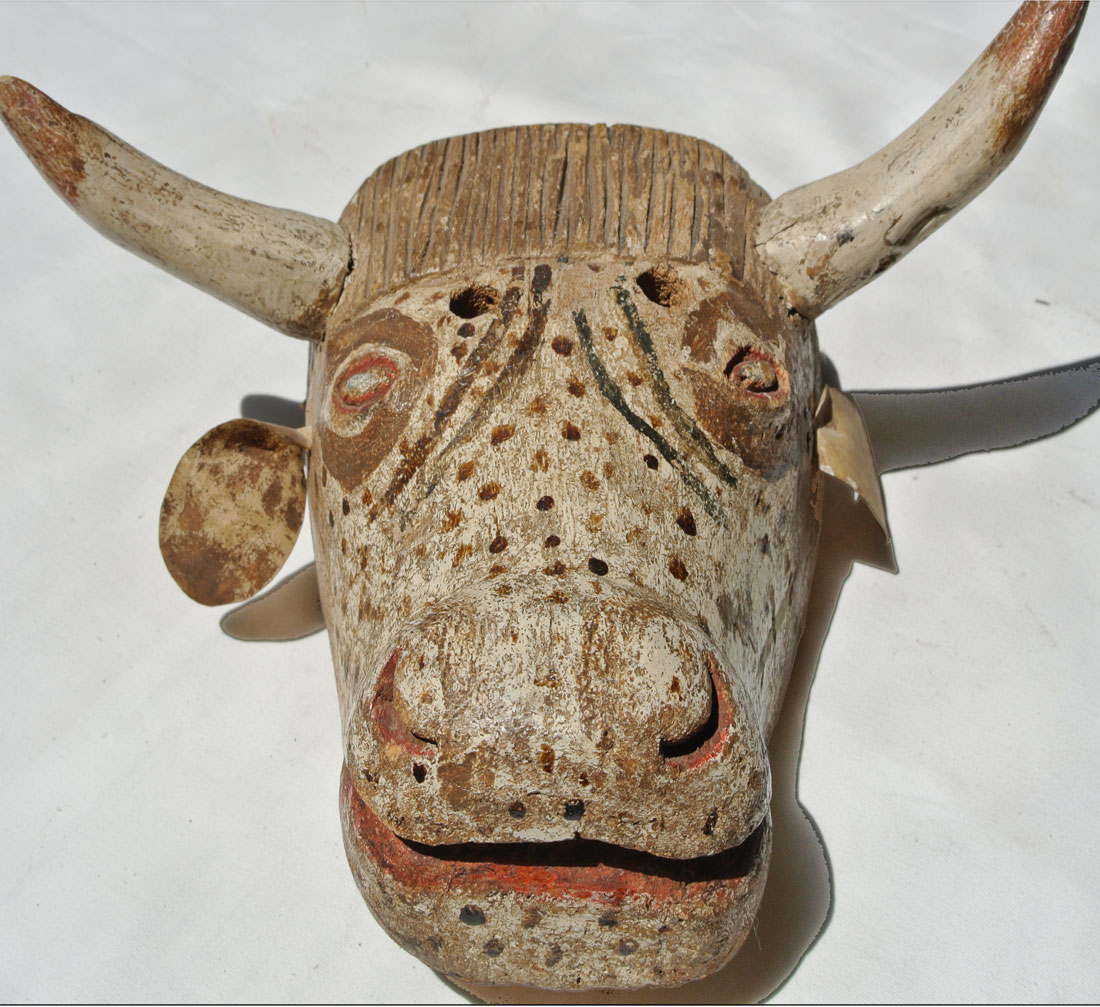
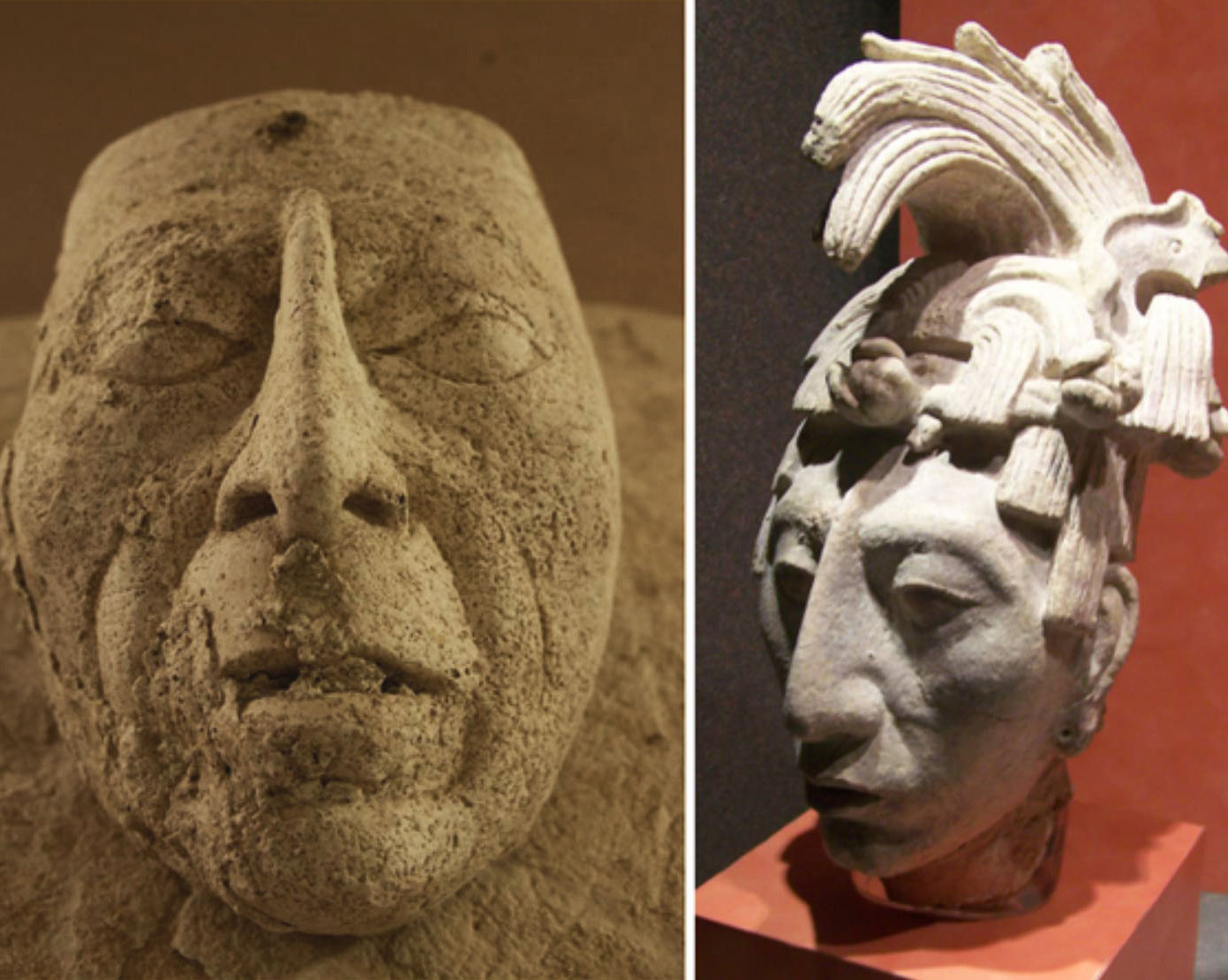
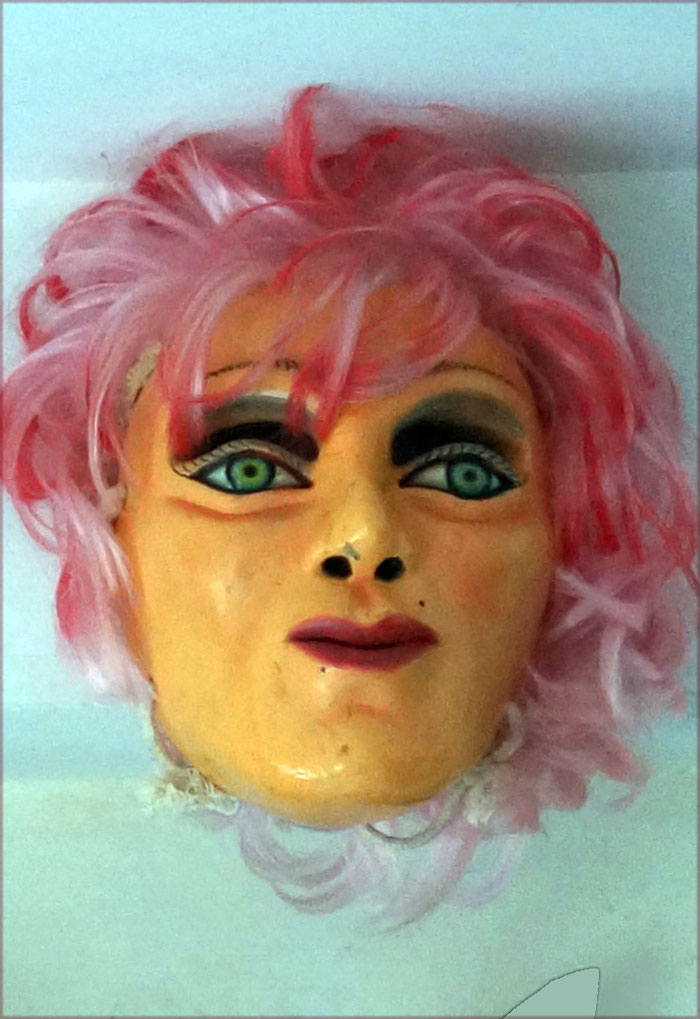
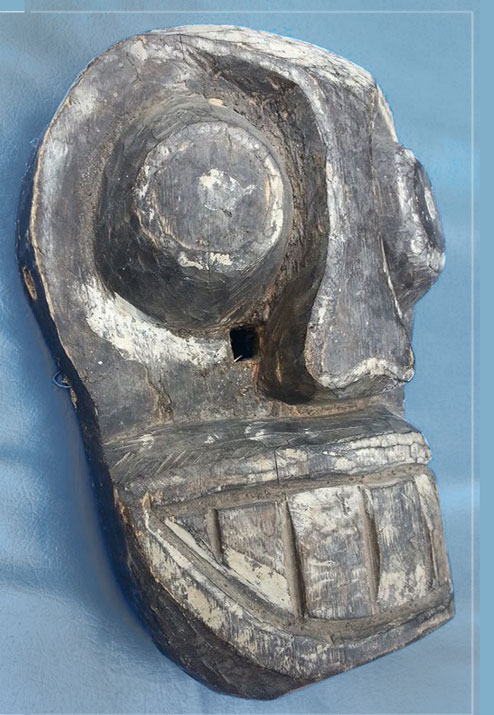
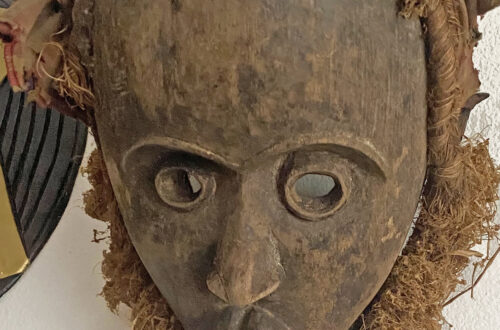
2 Comments
Jordan Landman
I enjoy this mask very much!
Bob Ibold
Collecting Korean masks only is a great idea. They are unique in appearance, many different characters exist, and all are reasonably priced!